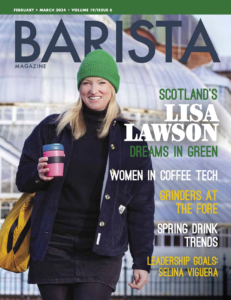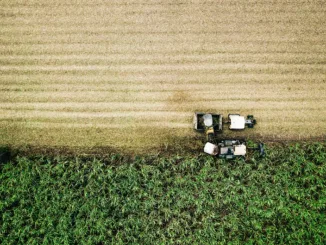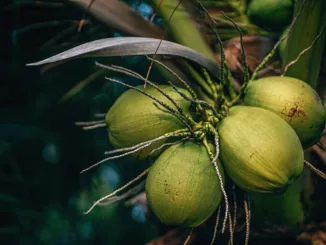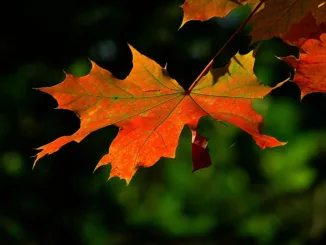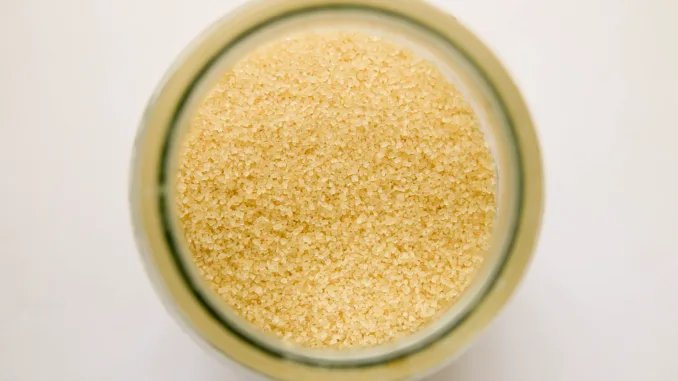
Sugar is an everyday part of most people’s diets—but how did it travel from its origins in New Guinea to the West? Today, we recount sugar’s journey around the globe.
BY EMILY JOY MENESES
BARISTA MAGAZINE ONLINE
Featured photo by Glen Carrie via Unsplash
Though sugar is an essential part of cafés and home coffee setups alike, not everyone knows the story behind it—where exactly sugar comes from, how it’s grown, and why it has been the go-to sweetener for as long as we can remember. In this installment of “Know Your Sweeteners,” we’re taking a closer look at sugarcane’s rich history.
Growing Sugarcane
Sugarcane (Saccharum) is grown in subtropical and tropical areas around the world. According to this report by the U.S. Department of Agriculture, today’s global sugar production is led primarily by Brazil, India, the E.U., Thailand, and China.
Sugarcane is a tall perennial grass typically planted in November, and the plant takes about one year to mature. There are multiple species of sugarcane, common ones being Saccharum officinarum from Papua New Guinea and Saccharum sinense from Southeast Asia. Most commercially available sugarcane plants are complex hybrids of different species.
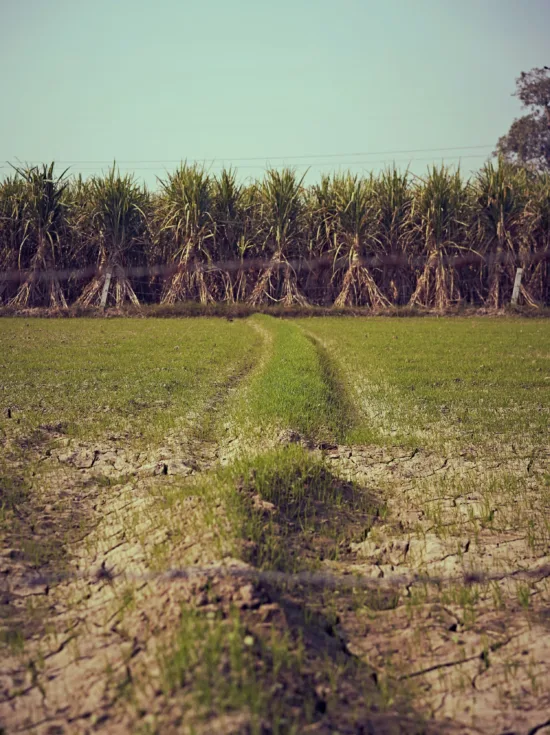
Ancient Roots
The story of sugar begins about 10,000 years ago in modern New Guinea. At the time, sugarcane was so highly prized that it would often be locked up in “sugar safes.”
Historians have found evidence of sugarcane farming dating as far back as 8,000 B.C. Back then, people would chew on raw sugarcane and considered the food a delicacy. Overtime, the sugarcane plant would travel from Polynesia to other parts of the world—a journey that was unfortunately riddled with exploitation and human rights violations.
Somewhere along sugarcane’s trip around the world, the process of refining sugar was discovered. Most historians agree that it first happened in India, at the start of the first millennium. Throughout the second millennium, Europeans’ desire for sugar would fuel a global slave trade that would last hundreds of years.
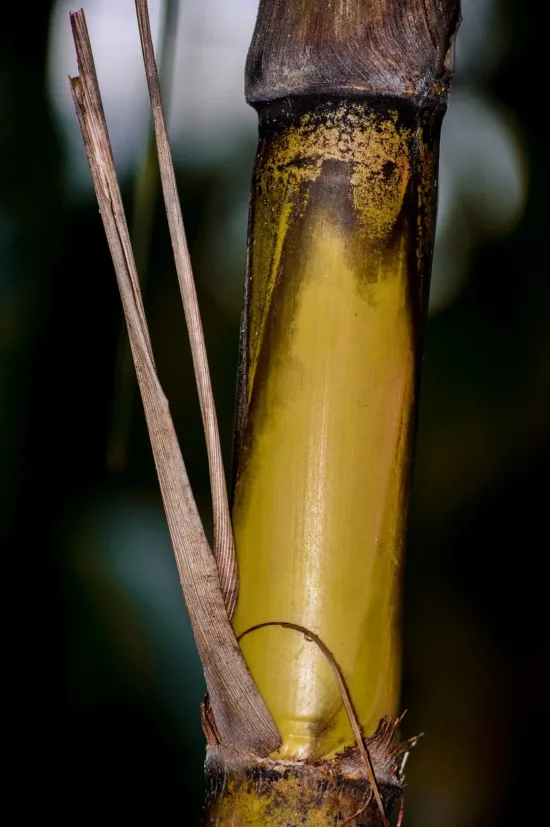
The Dark Side of the Sugar Trade
In their book Sugar Changed the World, Marina Budhos and Marc Aronson show how Europeans’ consumption of sugar would increase drastically within just a few hundred years. From the beginning of the sugar slave trade in the early 1500s to the 1700s, an average English person’s yearly sugar consumption would increase by 450%. While the ingredient was once reserved for the wealthy, it was now more readily available to Europe’s working class—at the cost of over 10 million enslaved peoples from Africa.
In part two of the book, Budhos and Aronson describe the conflicting nature of the sugar trade. While the ingredient provided much-needed calories to struggling European factory workers, it still came at a severe human cost.
“By the year 1800, it was clear that the Age of Sugar—that combination of enslavement, factories, and global trade—was replacing the Age of Honey, when people ate local foods, lived on the land of their ancestors, and valued tradition over change,” the book reads. “Sugar was the product of the slave and the addiction of the poor factory worker—the meeting place of the barbarism of overseers … and the rigid new economy. And yet, for that very reason, sugar also became the lynchpin of the struggle for freedom.”
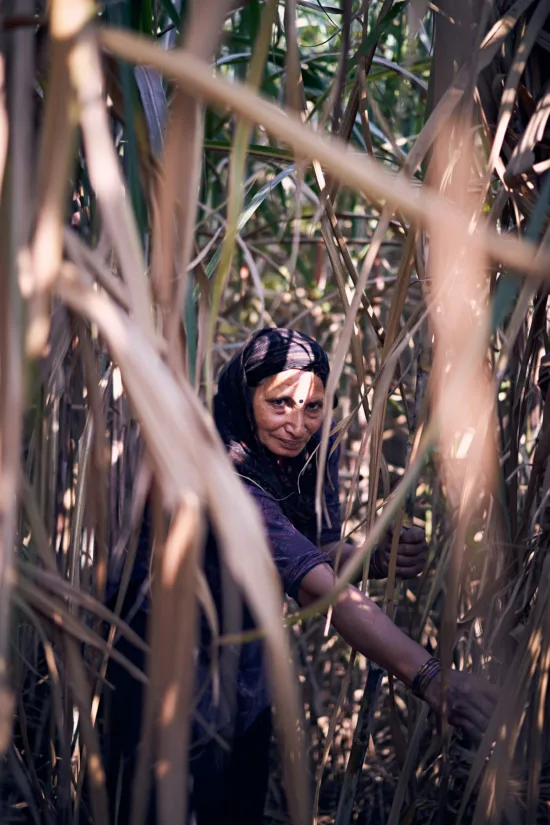
Sugar Production Today
Hundreds of years later, the sugar industry is still riddled with human rights violations, with ongoing issues including abusive work conditions, child labor, and withheld wages. As consumers, we can do our part by staying aware of the histories of the ingredients we work with, and by better educating ourselves on where to source ethical ingredients.
In part two of this article, we’ll talk more about modern sugarcane production and use, and how cafés can incorporate ethically sourced sugarcane into their menus.
ABOUT THE AUTHOR
Emily Joy Meneses (she/they) is a writer and musician based in Los Angeles. Her hobbies include foraging, cortados, vintage synths, and connecting with her Filipino roots through music, art, food, and beverage.
Subscribe and More!
Out now: It’s the February + March 2024 issue of Barista Magazine! Read it for free with our digital edition. And for more than three years’ worth of issues, visit our digital edition archives here.
You can order a hard copy of the magazine through our online store here, or start a subscription for one year or two.

